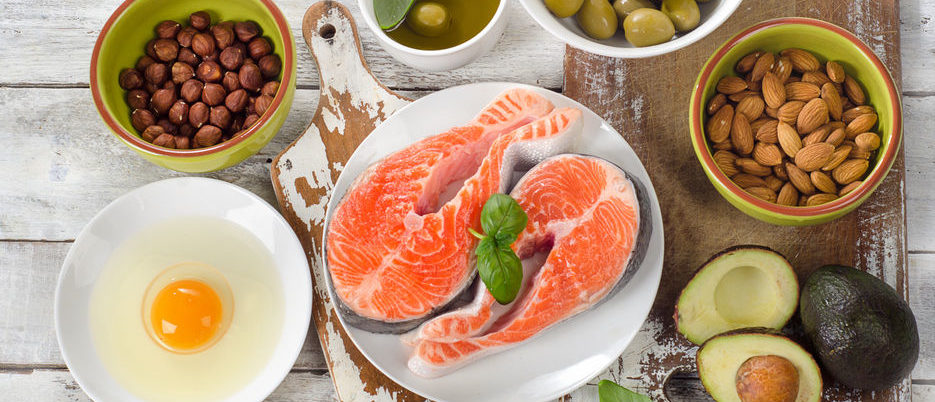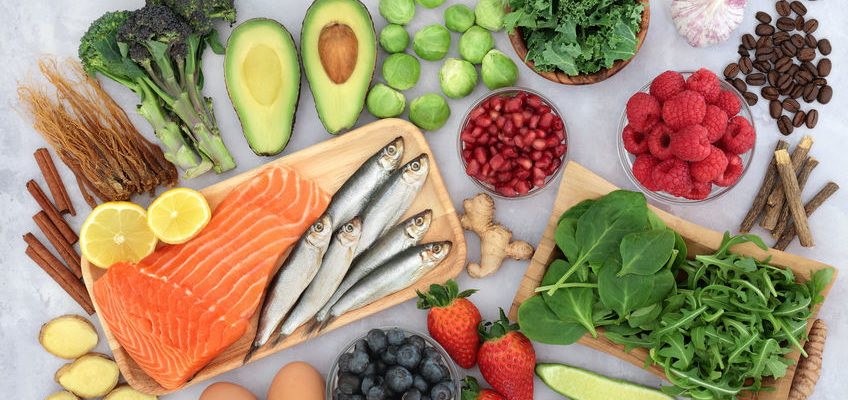
High Fructose Corn Syrup (HFCS) is a sweetener similar to honey or sugar, with all three being composed of a similar ratio of glucose and fructose. This sweetener is different from corn syrup, which is only glucose. Enzymes are used to convert corn syrup into HFCS, transforming glucose into fructose. However, not all glucose is converted, as HFCS is available in both 42 percent or 55 percent fructose. Each type has its own uses and benefits for the manufacturing of different products.
Since HFCS is a processed food, people are most suspicious of it and claim that it is sweeter and more addictive than sugar. Nonetheless, the main difference between HFCS and sugar is the chemical bond in sugar that joins glucose and fructose. The body is not able to tell the difference between the two when they enter the stomach. HFCS was a non-controversial product for 35 years, until 2004 when a published commentary suggested there may be a link between this sweetener and obesity. While overconsumption of unhealthy and high-calorie foods is a leading cause of weight gain, there is no specific evidence that links HFCS to obesity more than any other sweetener.
For more information, visit Eatdat.









Leave A Comment